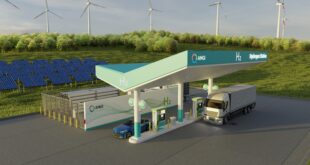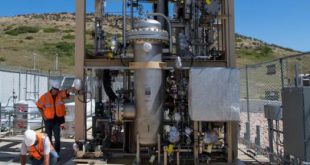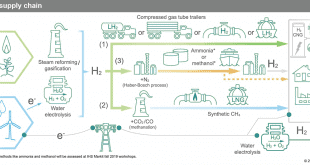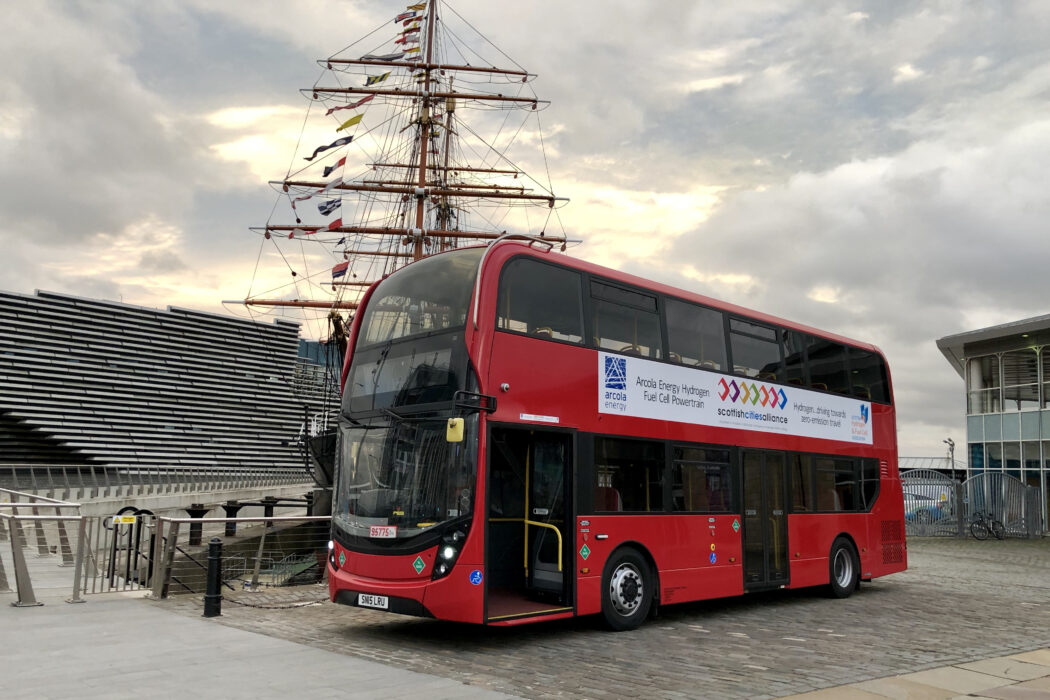H2 Clipper, Inc., an aerospace and alternative energy company developing uniquely capable hydrogen-powered dirigibles, announces that it was granted US Patent 11,066,145 by the United States Patent and Trademark Office (USPTO). The patent, entitled “Method and Apparatus for Lighter-Than-Air Airship with Improved Structure and Delivery System,” covers an improved structural and delivery system for H2 Clipper’s “lighter-than-air” airships, which will be essential to unlocking the global hydrogen economy. H2 Clipper is represented in intellectual property matters by John C. Serio, a Partner in the Boston Intellectual Property and Technology Group at Withers Worldwide.
This is H2 Clipper’s seventh issued patent, focusing on enhancements over previous airship designs and operating modes, including improvements in the company’s novel exoskeleton structure, use of artificial intelligence (AI) in connection with airship controls, improved means for docking in high wind conditions, and integration of aerial drones for picking up, transporting and delivering package goods and other payloads.
This patent represents a continuation of the work that H2 Clipper began in 2008, when it filed for its initial patent, which was issued in 2012. That patent, entitled “System, method and apparatus for widespread commercialization of hydrogen as a carbon-free alternative fuel source,” focused on the use of lighter-than-air ships for delivering green hydrogen and other cargo from remote areas where hydrogen can be most inexpensively produced from renewable resources, to places where clean energy is most needed. In addition to the company’s previously issued patents, it also has numerous currently pending U.S. and international patent applications. H2 Clipper is building a prototype that it projects to fly in 2024, with its initial full-sized units slated for 2027 if work now underway continues as planned.
H2 Clipper Founder and CEO Rinaldo S. Brutoco said, “From the beginning, our work creating a 21st-century version of the hydrogen dirigible was motivated by a belief that hydrogen produced from renewable sources is the only conceivable way to replace fossil fuels for transportation and long-term energy storage, and that reliably and inexpensively transporting pure hydrogen to market will become the critical issue in advancing the hydrogen revolution. This inevitably led us to work on improvements to traditional airships that enable a 100% green method of transporting freight 7 to 10 times faster than ship, truck or rail, and at a 70% savings over traditional air transport.”
Hydrogen is the ultimate abundant clean energy source, and towards that end, hundreds of serious manufacturers and entire countries are jumping into the business of producing clean hydrogen from renewable energy. McKinsey & Company recently reported that “Hydrogen is gathering strong momentum as a key energy transition pillar,” with over 30 countries having released hydrogen roadmaps, and more than 200 projects already announced by industry, supported by more than USD 70 billion in public funding. As the world moves into the dawning hydrogen age, identifying an economical and effective mode of transporting hydrogen from places it can be generated using cheap clean power directly to markets with high energy demand is the critical, but until now, unresolved problem that H2 Clipper solves.
“Given the recent accelerating global demand for hydrogen,” said Brutoco, “we feel H2 Clipper is ideally positioned to build on the work we have done over the last decade to play a major role in enabling the coming clean energy economy.”

 Alternative Energy HQ solar power for homes, wind energy, and bio fuel issues
Alternative Energy HQ solar power for homes, wind energy, and bio fuel issues






